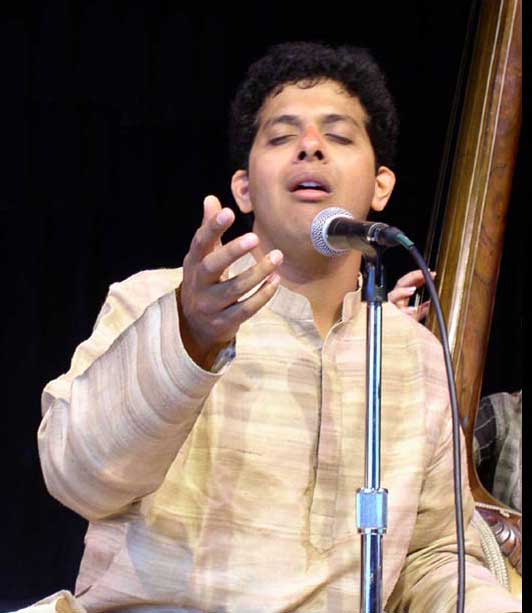
Ghazal is an originally Persian form of poetry. In the Indian sub-continent, Ghazal became the most common form of poetry in the Urdu language and was popularized by classical poets like Mir Taqi Mir, Ghalib, Zauq and Sauda amongst the North Indian literary elite. Vocal music set to this mode of poetry is popular with multiple variations across









